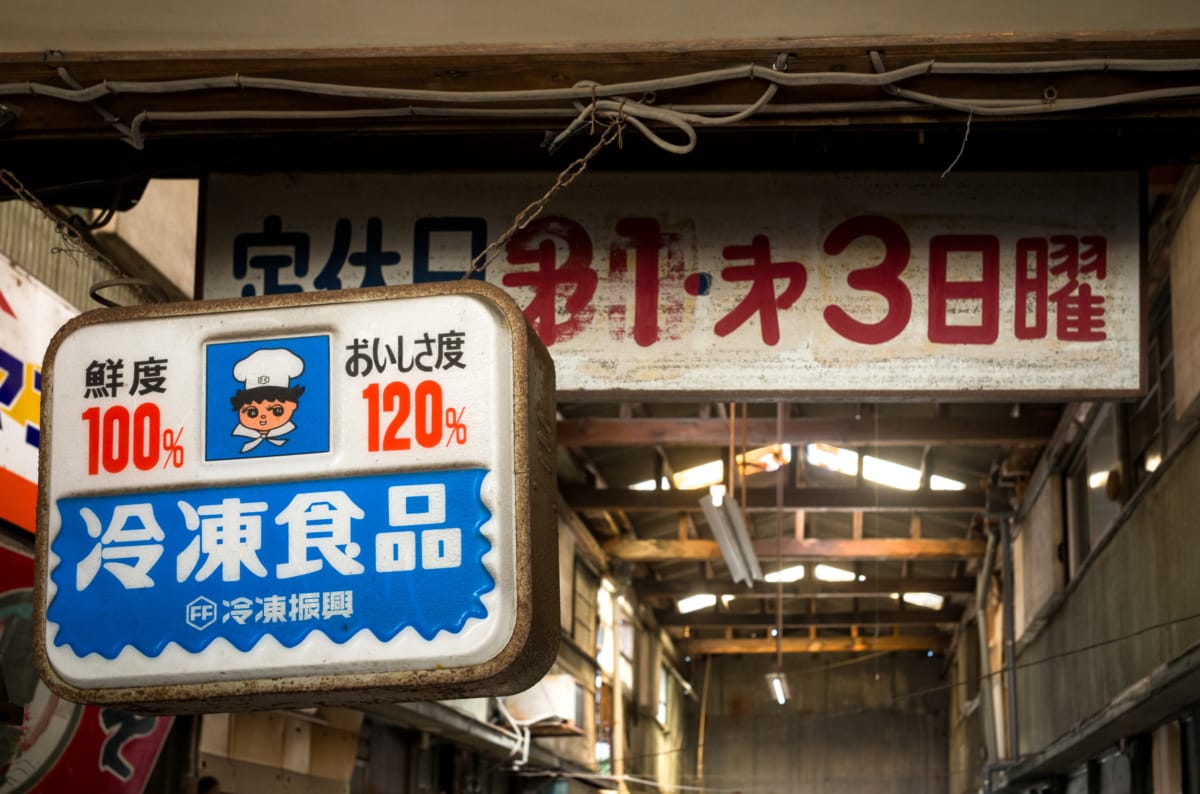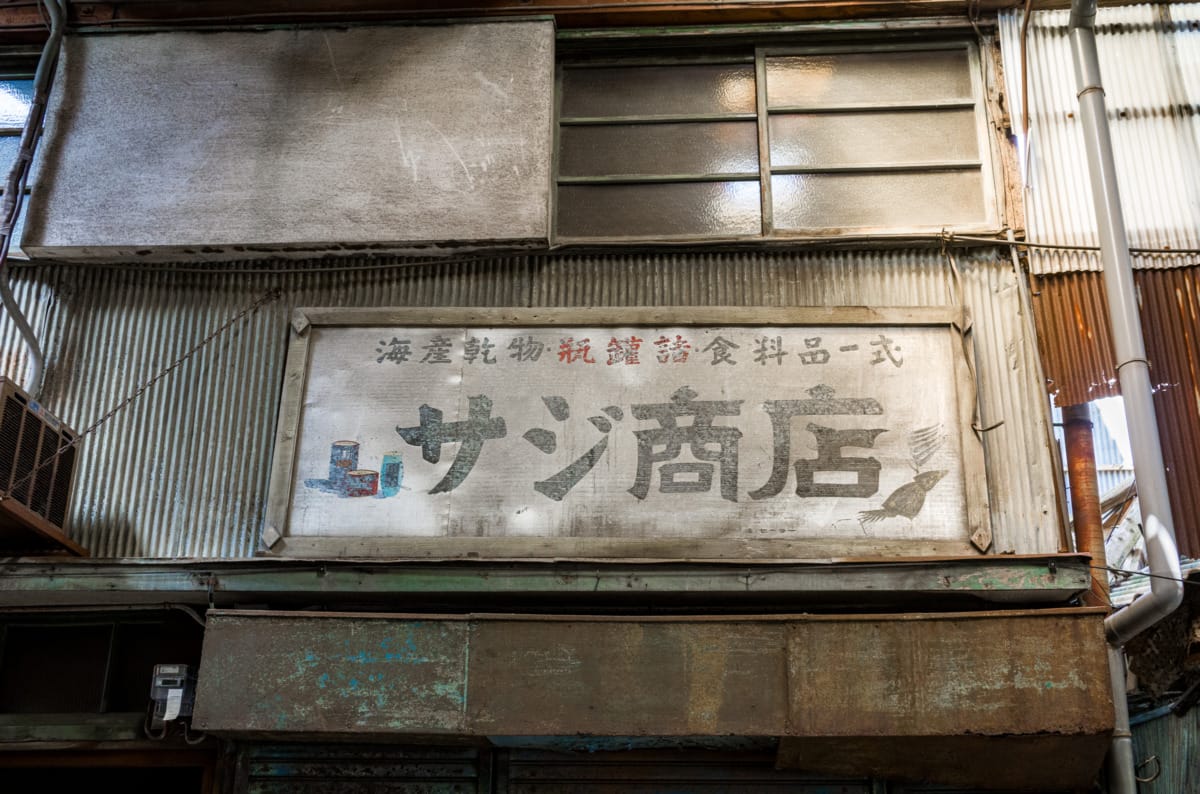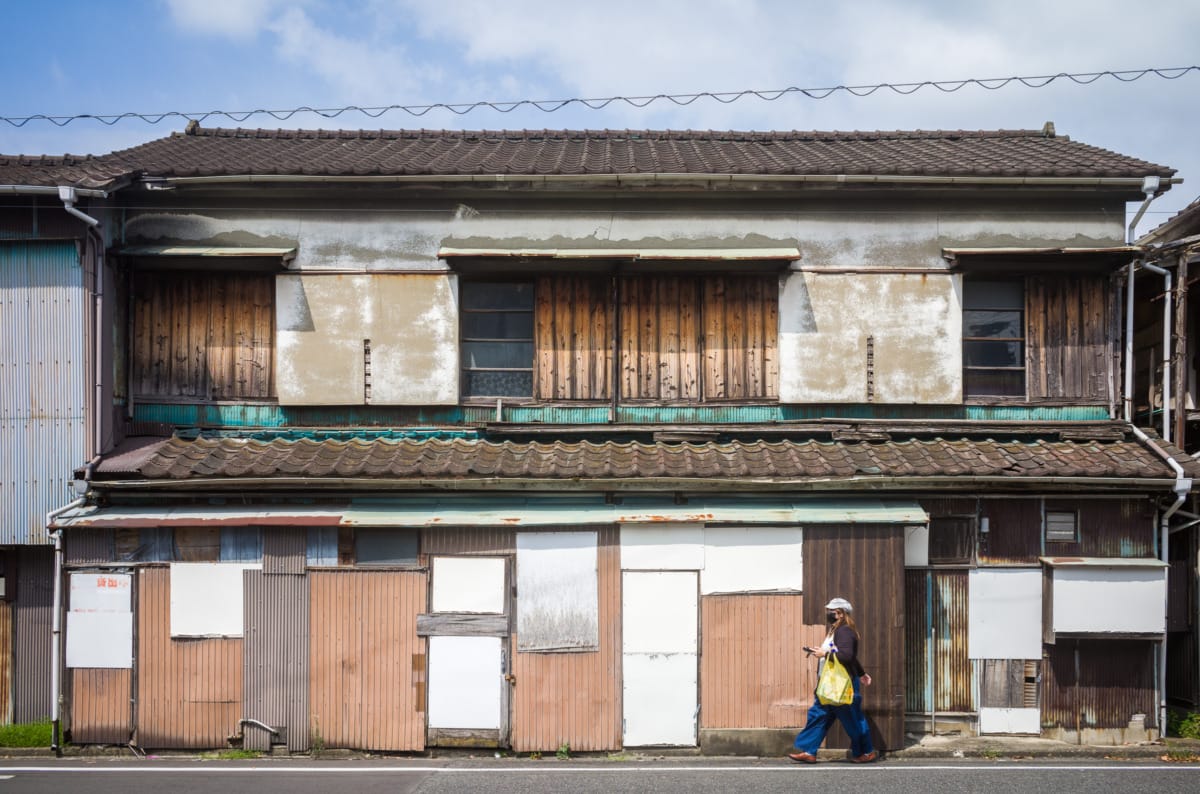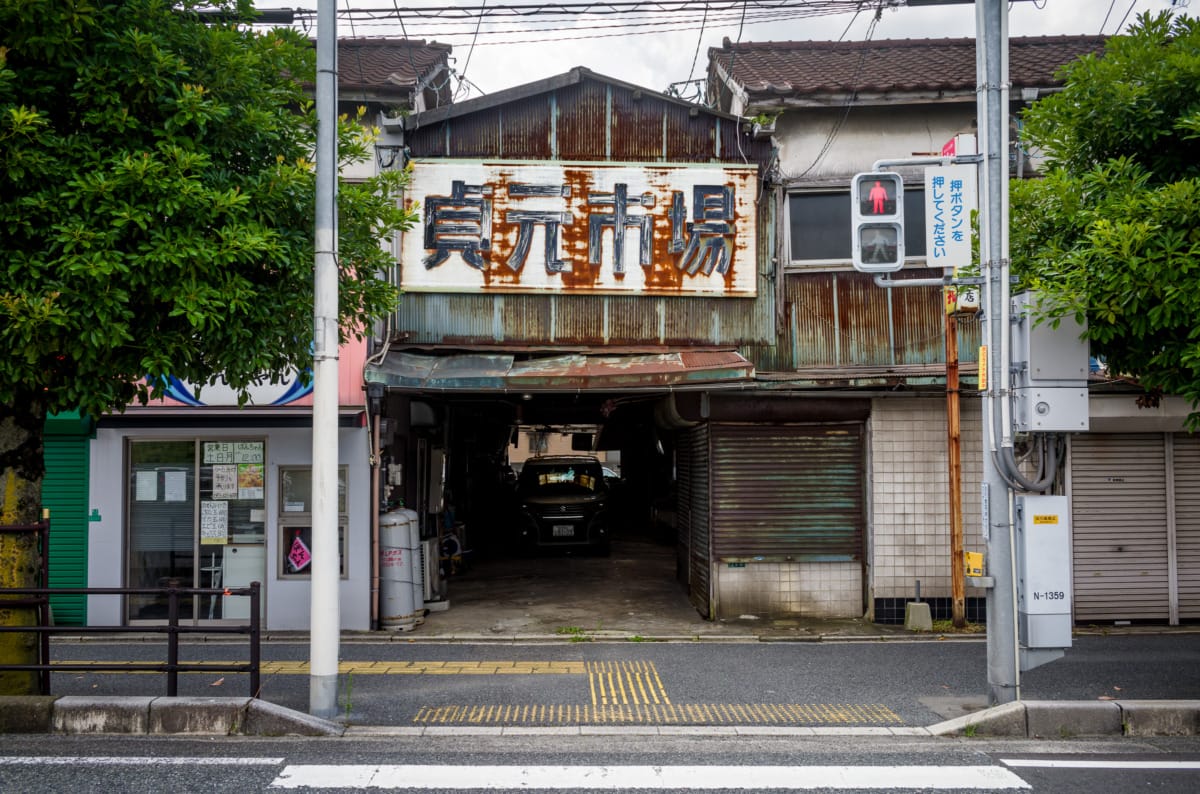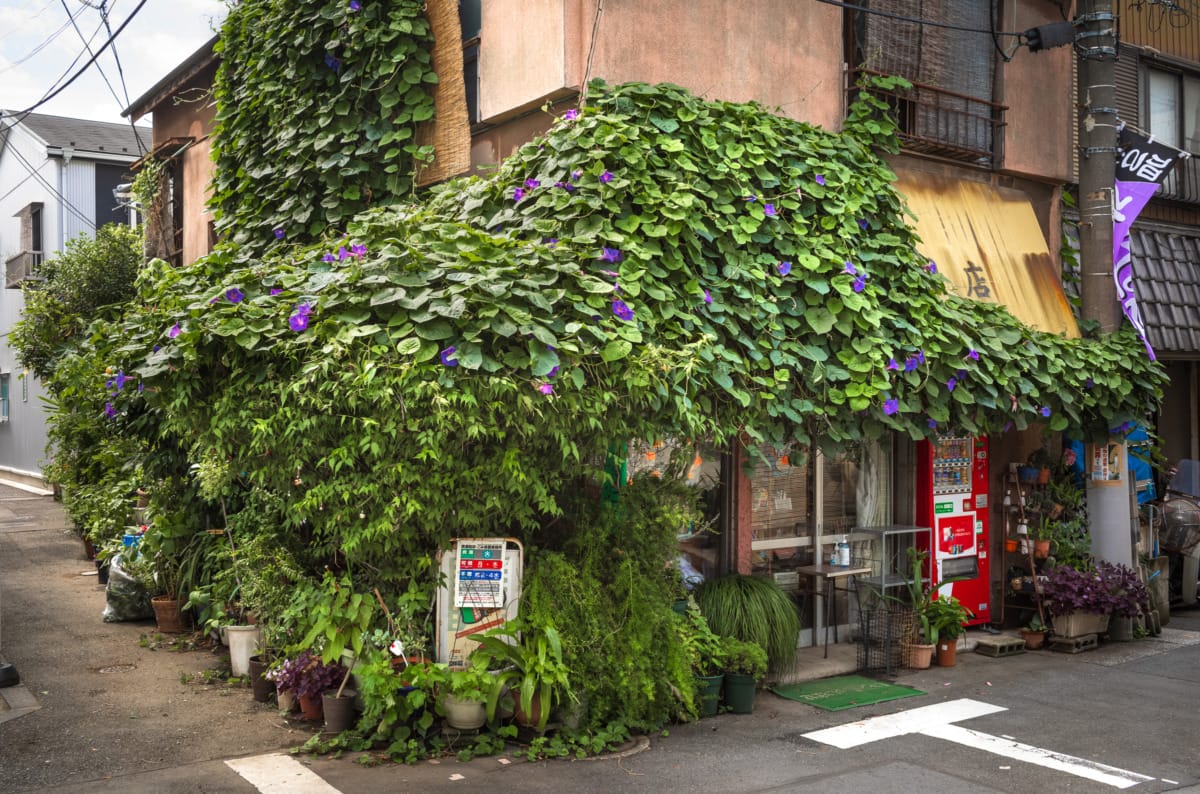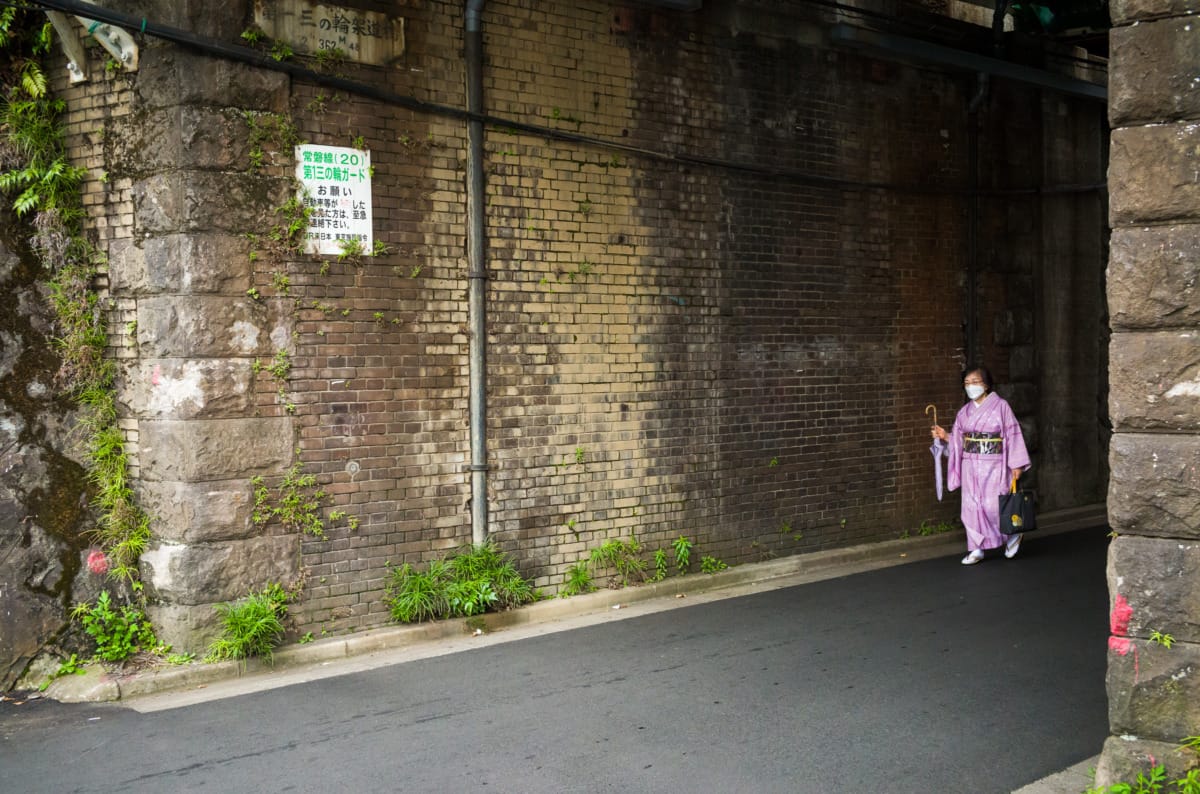The best days of this once busy market are very noticeably long gone. A lot of it is now shuttered up, and those businesses still open are slowly but surely approaching their end. It does, however, remain an incredible looking place, particularly so with its striking main entrances. There are also some disused living quarters above, which I was lucky enough to see a little of. An unexpected extra that added even more to the experience.
A shop owner I spoke to, and who very kindly provided access to the old accommodation area, was resigned to the market’s demise, as quite understandably there are no next generation family members ready to take over. At the same time, there was a genuine sense of pride in what they still do, along with a deep affection for how things once were. Interest shown in the market is appreciated too. Sometimes its by curious visitors like myself, or one of the film crews that use the location due to its old school appearance. Way more important though are the regular customers who clearly make opening everyday a worthwhile endeavour, and so open they do until they can do so no more.























